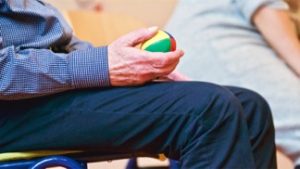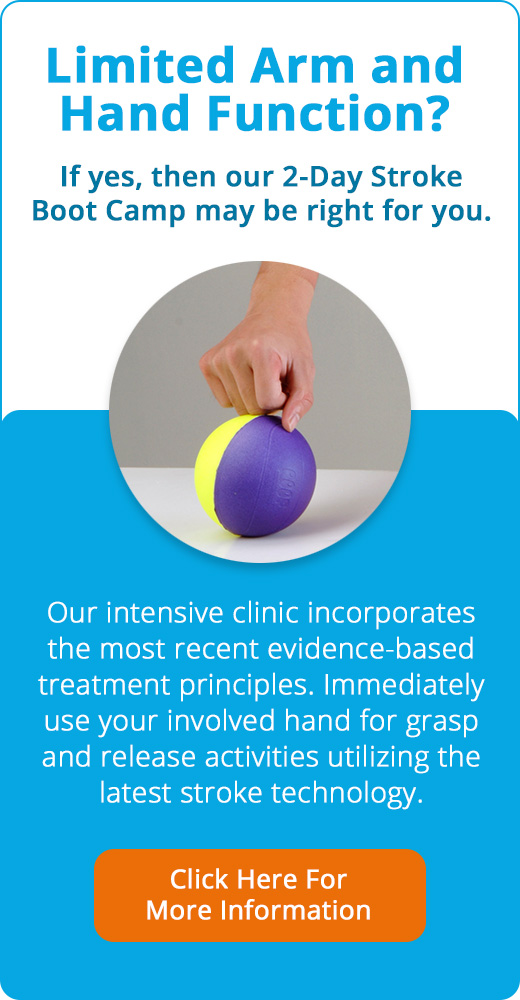Should You Strengthen a Spastic Muscle?
NeuroRehab Team
Wednesday, November 23rd, 2022
Great question. The answer is ABSOLUTELY!
For some clinicians, strengthening a hyperactive or spastic muscle is a very controversial topic. The thought of having stroke survivors squeeze their spastic finger flexors or flex their overactive biceps causes some clinicians to cringe.
Easy Hand Exercises to Boost Recovery from a Stroke
NeuroRehab Team
Tuesday, January 14th, 2020
Exercise AidsFine Motor CoordinationStrengthening

Launching a hand exercise program begins with understanding how a stroke that happens in your brain can cause problems with your hand. A stroke is basically an injury to the brain due to limited blood flow. The symptoms in the body reflect the area of injury in the brain. So a stroke survivor with hand issues, experienced an injury to the area of the brain that controls the hand.

